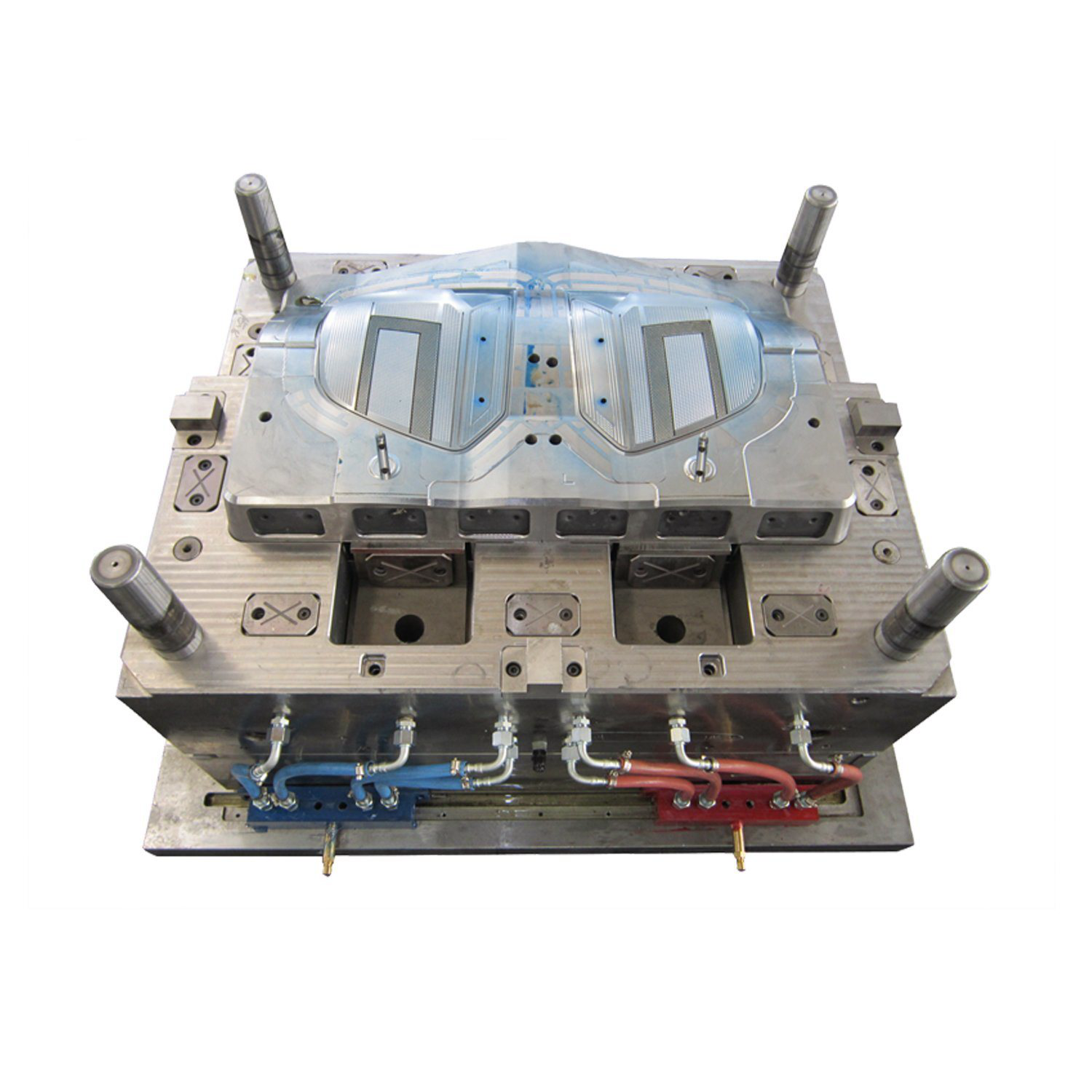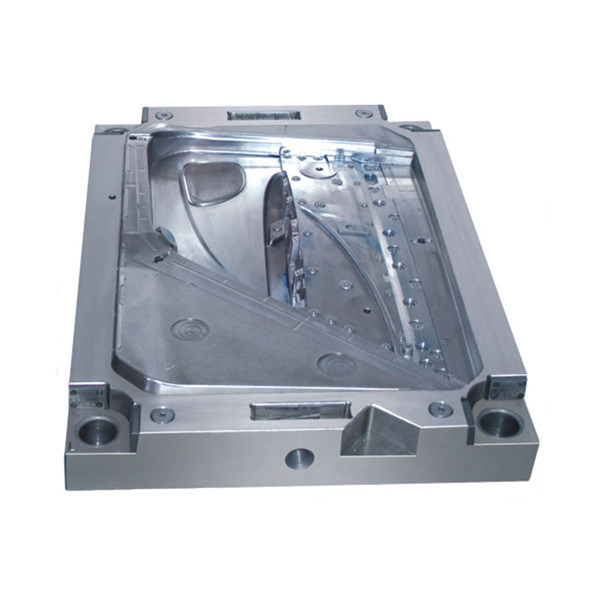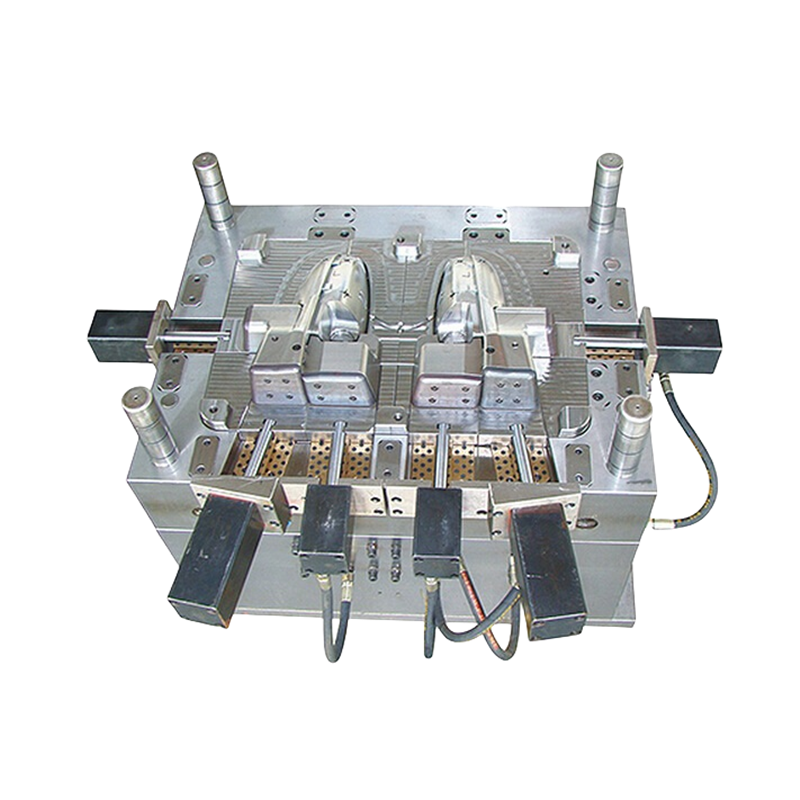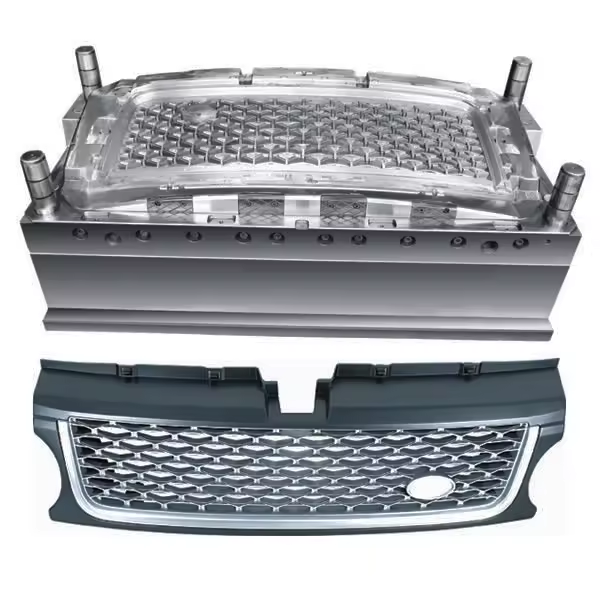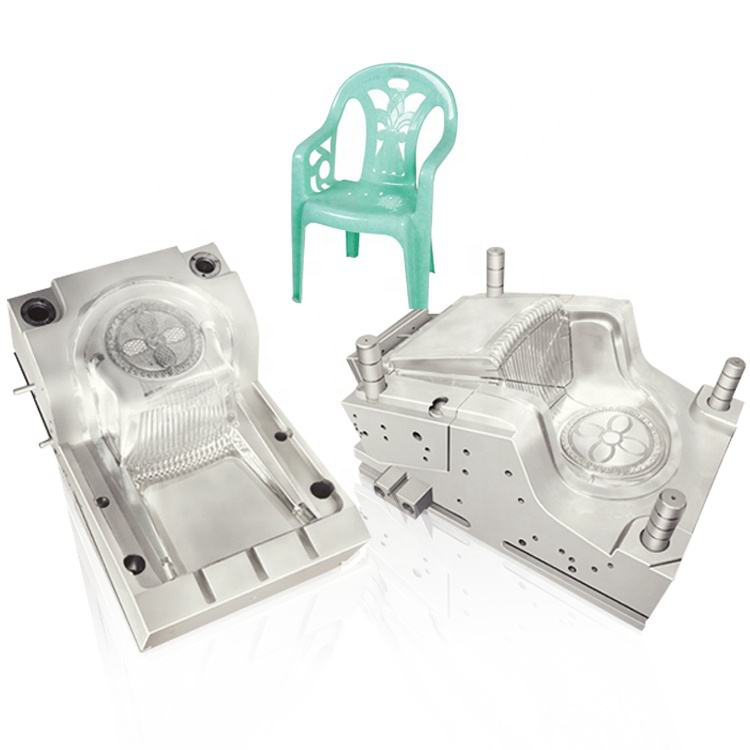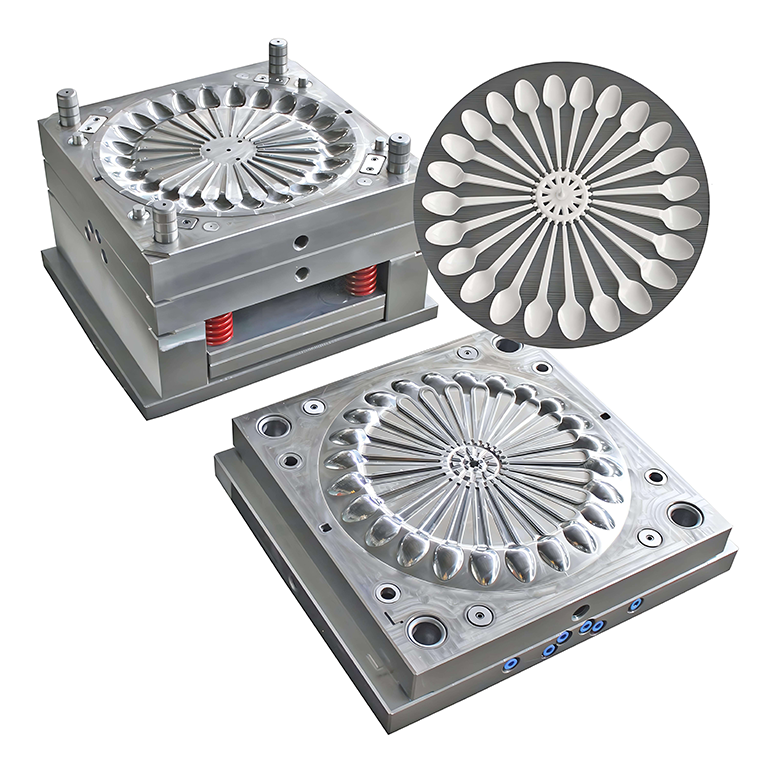Analysis of the Causes of Bubbles in Transparent Plastic Parts
Bubbles in transparent plastic parts are a common quality problem that can affect the appearance and performance of the product. Bubbles are generally caused by the introduction of gas into the plastic melt during the injection process. These gases cannot be vented during the plasticizing, injection, and holding pressure stages, and eventually remain in the product to form bubbles.
Common types of bubbles
Bubbles: Spherical or elliptical in shape, varying in size, distributed in the product wall thickness or product surface.
Vacuum bubbles: Flattened in shape, usually appearing in thicker parts of the product, perpendicular to the product surface.
Causes of bubbles
1. Raw material factors
The raw material contains moisture, solvents or volatiles: These substances turn into gas during heating and mix into the plastic melt.
The raw material is damp: Hygroscopic plastics are easily absorbed by moisture in the air, causing bubbles.
The raw material uses recycled materials: Recycled materials may contain residual gas or impurities, which can cause bubbles.
2. Process factors
Injection speed is too fast: Too fast injection speed will cause the plastic melt to not have time to fill the mold cavity, the air in the mold cavity will not have time to be discharged, and will remain in the plastic to form bubbles.
Injection pressure is too low: Low injection pressure will cause insufficient filling of the plastic melt, and the air in the mold cavity cannot be completely discharged.
Poor mold venting: Poor mold venting can prevent the air in the mold cavity from being discharged smoothly, and it will remain in the plastic to form bubbles.
Mold temperature is too low: Low mold temperature will cause the plastic melt to cool down too quickly, and there is no time to vent and form bubbles.
Holding pressure time is too short: Short holding pressure time will cause the plastic melt to not be fully solidified in the holding pressure stage, and the residual gas will not have time to be discharged and form bubbles.
3. Other factors
The performance of the injection molding machine is unstable: The unstable performance of the injection molding machine will cause fluctuations in parameters such as injection speed and injection pressure, which will affect the formation of bubbles.
Improper operation by the operator: Improper operation by the operator, such as inadequate mold cleaning and insufficient drying of raw materials, can also cause bubbles.
How to avoid bubbles in transparent plastic parts
Use dry raw materials: Dry the raw materials thoroughly to reduce the moisture content in the raw materials.
Choose the right raw materials: Select the appropriate raw materials according to the performance requirements of the product, and control the quality of the raw materials.
Optimize process parameters: According to the specific conditions of the product, optimize the injection speed, injection pressure, mold temperature, holding pressure and other process parameters.
Improve mold design: In mold design, attention should be paid to the design of exhaust grooves to ensure smooth exhaust of the mold.
Strengthen operation management: Strengthen the operation training of operators and improve the operation level of operators.
By taking the above measures, bubbles in transparent plastic parts can be effectively avoided and product quality can be improved.


